You asked, "What do I need to do to set up my estate plan?"
Here's my answer.
Today, I’m going to explain to you what the process of creating your family’s estate plan will look like. I promise you that the process will be more enjoyable than going to probate court, which is where your family will frequently visit if you don’t have an estate plan. See what your future looks like without a plan.
STEP 1: Information Gathering
Once you make an appointment with me, I'll email you a questionnaire to complete before our first meeting. This confidential questionnaire will collect important personal information about you and your family. More important, you'll tell me how you would like to be cared for if you’re unable to take care of yourself and how you want your family to inherit your assets after you’ve left this world. This information will help me design the best estate plan for you and your family.
Every family has different needs and desires, and the questionnaire will help me identify your main concerns about disability and death, and how you can be prepared for the inevitable.
STEP 2: Our First Meeting
Our first meeting will be very productive and meaningful. Since I'll already have collected your basic information in the questionnaire, I can focus on showing you how your estate plan can prevent the problems and costs associated with disability and death. During our time together, I'll answer your questions about what you should expect with the overall planning process.
Also, I'll raise questions that you had never considered, and ask you specific questions about your goals and concerns that encouraged you to start planning for your family’s future. The more I learn about you, your family, and your wishes, the more I can do to help you plan for the inevitable and leave a lasting legacy.
You'll leave our first meeting feeling relieved knowing that you'll soon have a plan that'll take care of you and your family if you become disabled or pass away.
For those of you who are too busy to meet in person, I offer consultations by phone and videoconferencing. My goal is to make the planning process as simple as possible so you can spend the limited amount of free time you have with your family.
STEP 3: The Design and Drafting Phase
After you hire me as your estate planning attorney, I’ll begin designing your estate plan. During the process, you and I will communicate by phone and email to ensure that my strategy will accomplish your specific goals.
Once all your questions have been discussed and answered, I'll begin preparing the legal documents that will be part of your estate plan. When I’m finished with the first drafts (typically in about 2 weeks), I’ll email them to you to review, and I can schedule a conference call to answer any of your questions. You can also email me your questions if you prefer.
Check out what your comprehensive estate plan will include and how it will protect your family.
STEP 4: Your Signing Party
After your estate planning documents are finalized, I’ll host a signing party to review the documents with you and make sure that you properly sign and notarize each document. The signing party is usually scheduled about three weeks after our first meeting.
STEP 5: The Finishing Touches
Not to rain on your celebration, but the signing party will not be the end of my services. Afterwards, I'll help you fund your living trust. The funding process is the most important step because a trust is useless if it’s not properly funded.
Funding means changing the owner of your real estate, your bank accounts, and your stock portfolio from your individual name to your new living trust so your family can avoid the expensive and exhausting process of probate court. If you choose to fund your living trust without my help (I don’t know why you would do that), I'll provide you with instructions on how to you can do it yourself.
What's Next? Keeping It Up-To-Date.
Many people keep their estate plans locked away for decades after they create them. That's a huge mistake because your estate plan needs to be maintained and kept up-to-date on an annual basis. You need to ensure that your medical directive, power of attorney, successor trustee, beneficiaries, and the properties identified in your trust are current. If you purchase a new house after you create your estate plan, make sure you correctly title it under your living trust. Also, make sure that the guardian you named in your will to take care of your children is still willing and able to do so if something happens to you and your spouse.
As my client, you'll receive a complimentary annual check up as part of your comprehensive estate plan. Every year, I'll email you a list of things to consider to see if your estate plan needs to be updated. For instance, you wouldn't want your ex-husband to be the sole beneficiary of your living trust and your insurance policy, right?
I encourage you to spend a few minutes each year speaking to me on the phone to ensure that your estate plan is up-t0-date. With my help, you and your family will never be alone. I provide more than just legal advice, but peace of mind.



